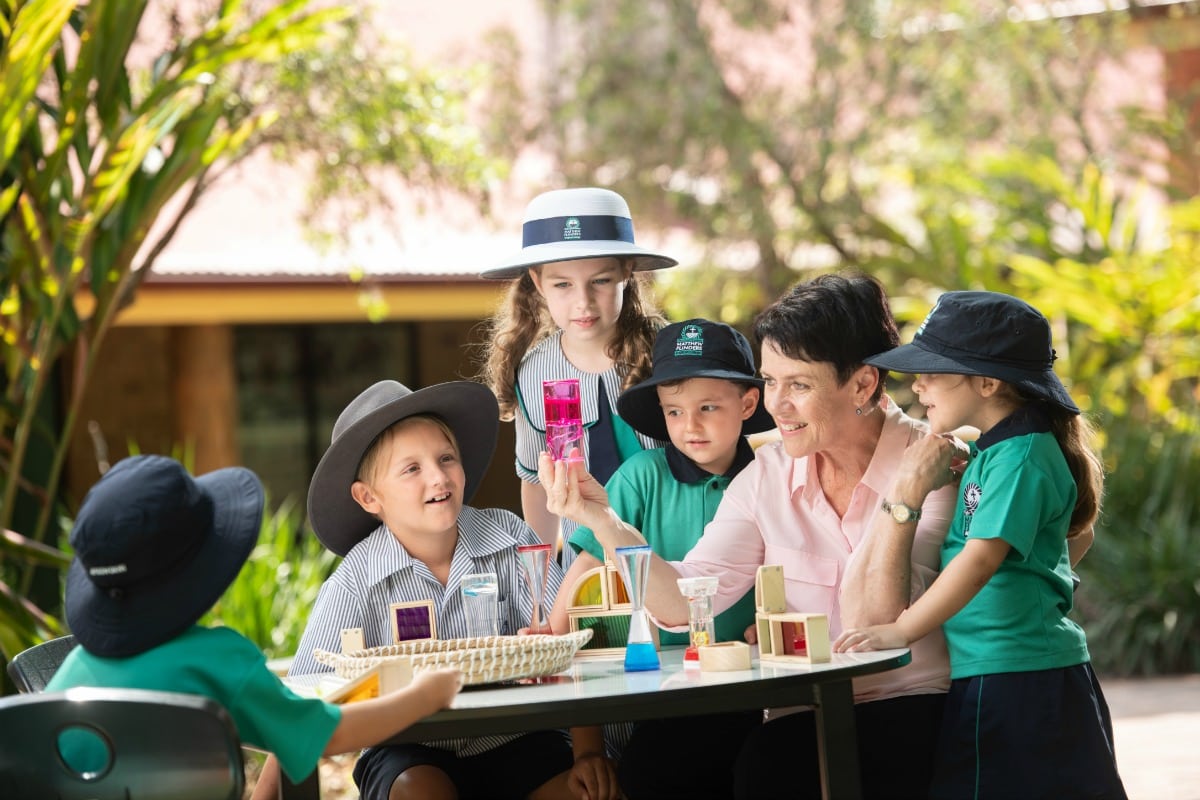Enthusiasm is building across our Flinders campus as we prepare for our end of year celebrations. Anticipation for what is next is also building, as we focus our attention more on changing year levels, teachers and class groups next year.
Change is inevitable and a constant in life. The 13 years of schooling in itself will bring change upon change for our students. How students adapt to and cope with changes can make all the difference to their wellbeing and success at school.
Research conducted by the University of Sydney, studied the adaptability of secondary students and identified that behaviour, cognition and emotion contribute to adaptability. Behaviour involves changing actions in response to uncertainty, cognition enables adjustment of thinking and emotion can reflect a positive or negative response. (Martin, A. J., Nejad, H. G., Colmar, S., & Liem, G. A. D. (2013)
Teaching adaptability and supporting children to regulate their thinking, responses and actions will support the child in developing positive thoughts towards the uncertainty and unpredictability associated with change. Adaptable children will be expecting change, and will have strategies to cope with the element of surprise change can create. The ability to adapt contributes to ‘buoyancy’, and being able to cope with the adversity or difficulties we experience on a daily basis. (Martin & Marsh, 2009)
Thinking about our thinking is one way to teach adaptability. Optimism is a regular focus in our wellbeing teaching. Being able to look on the bright side helps us to feel better. People who are optimistic think positively about others, themselves and the things that happen to them. Optimism helps them feel happier and more hopeful, and helps them find ways to deal with problems. (Friendly Schools Plus, 2014)
Some students feel optimism easily, others may think about things in a more negative way. The good news is that optimism is a learned behaviour which means that we can all change the way we think. Every time students achieve something they set out to do, they develop self-confidence which helps develop optimism.
Thoughts are a constant part of our existence and Dr Paula Barrett separates thoughts into ‘green’ (helpful) and ‘red’ (unhelpful). Red thinking is negative and can create anger, fear and worry. Green thinking encourages positive thinking and optimism. (Friends for Life, 2007) Being conscious of the way we think, and labelling the thinking as red or green, is another strategy to increase self-awareness and the intention of thinking more positively.
Acknowledging a young person’s negative feelings, and talking about fears and worries is also very important. Taking the time to listen and understand can then provide the opportunity to lead the conversation in a different direction. Talking about the excitement connected to the change or new experience, can turn red thinking into green.
Thinking about the opportunities that come with change can also build adaptability skills. Dr Aaron Balick, in his book titled “Keep Your Cool”, recommends turning anxiety into excitement. He talks about these two feelings or states being closely related, with anxiety being excitement with the added ‘ingredient’ of fear of what may go wrong. Optimism and green thinking can tame the fearful thoughts and instead, build excitement about the opportunities.
As we prepare ourselves and the children for the changes ahead, let’s use green thinking to build the excitement and create a sense of opportunity. This can ease the worries, alleviate the fears and contribute to building buoyancy for a strong, successful start to school in 2020.
Chris Curtain | Head of Junior Primary, Matthew Flinders Anglican College

